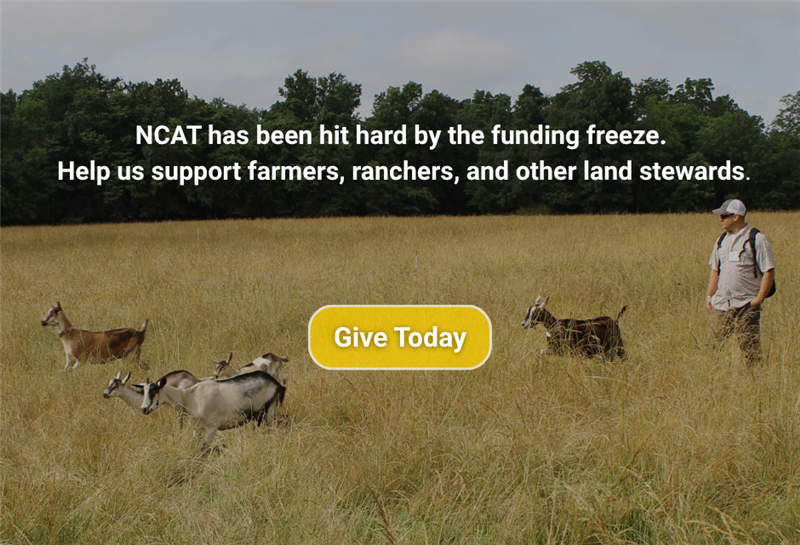
Vineyard Agroforestry: Growing Grapes in the Era of Climate Change
I had the privilege of undergoing my graduate school research in one of the best places on earth: Mendoza, Argentina. Mendoza, like many parts of California, is an arid region with very little rainfall, similar soils, and similar weather patterns. And, like California, it grows great wine. Unlike California, though, Mendoza still has many vineyards that are intercropped with trees in vineyard agroforestry systems. That's why, when I decided to study arid vineyard agroforestry systems for my master’s research, Mendoza is where I journeyed to.
by Katherine Favor, Sustainable Agriculture Specialist
by Katherine Favor, Sustainable Agriculture Specialist
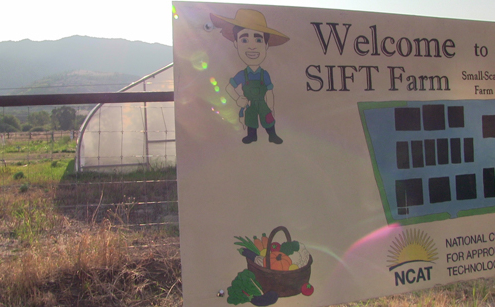
Episode 217. Flexibility in an Unexpected Growing Season
In this episode of Voices from the Field, two agriculture specialists…
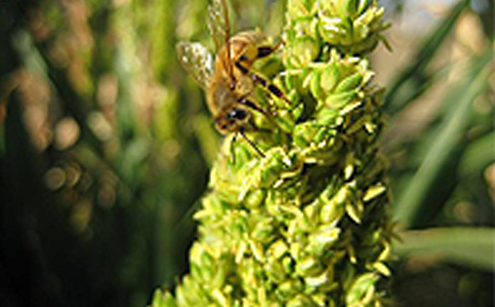
Episode 214. Attracting and Protecting Pollinators
In this episode of Voices from the Field, NCAT Sustainable Agriculture…
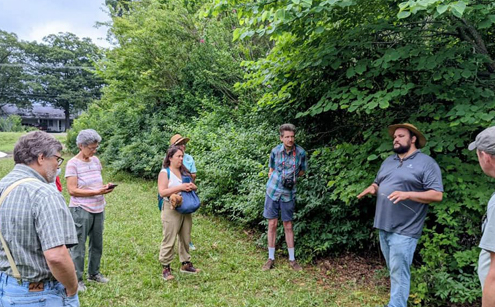
Episode 211. Native Plants Offer More Than Beauty to the Farmscape
Native plants bring both beauty and resilience to the farmscape.…
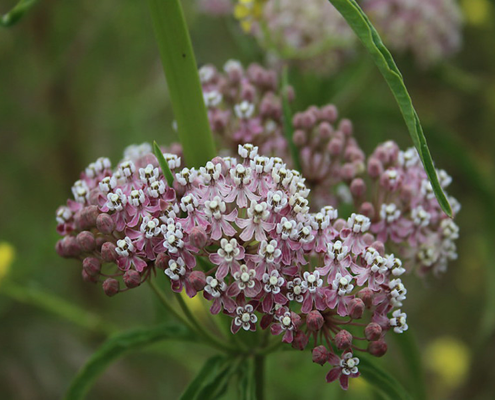
Miles of Hedgerows, a California Project Update
As a resilient bunch of plants, these native species have been planted in the deserts east of Los Angeles, the fog draped regions of the redwood forests, and everywhere in between. The goal of the project was to provide habitat to native species with a mix of 18 different hedgerow plants. A special addition of Narrow Leaf Milkweed was added to the mix in an effort to grow back a tiny portion of the Monarch butterfly habitat that has been removed in the name of development over recent decades.
By Omar Rodriguez, Sustainable Agriculture Specialist
By Omar Rodriguez, Sustainable Agriculture Specialist
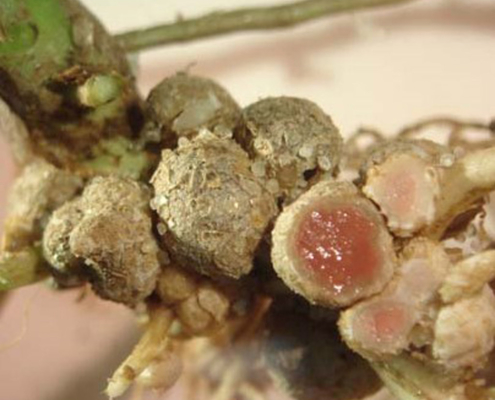
How to Make Sure Your Leguminous Cover Crop is Doing its Job
Legumes are a superstar cover crop, particularly in warm, subtropical climates because unlike other cover crops, legumes have the ability to turn atmospheric nitrogen into nitrogen that crops can use. But as Stephanie Kasper, a biology research associate at University of Texas at Rio Grande Valley explains, legumes require an important partner to do their job.
By Emilie Saunders, NCAT Communications Director
By Emilie Saunders, NCAT Communications Director
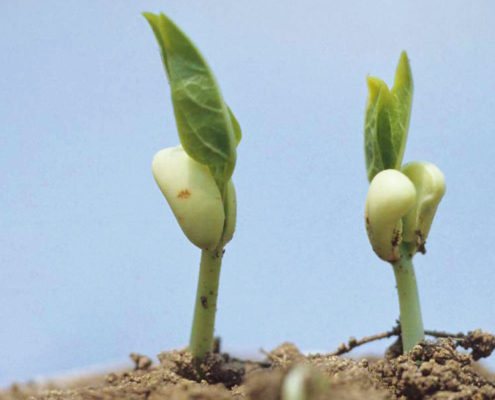
The Two Best Legume Cover Crops for Hot and Humid Climates
Cover crops can be an investment in your future soil health. And it’s legume cover crops that can deliver a lasting soil benefit that other cover crop options don’t: nitrogen.
By Colin Mitchell, Sustainable Agriculture Specialist
By Colin Mitchell, Sustainable Agriculture Specialist
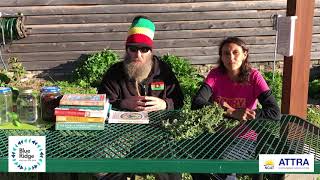
Medicinal Plants at Blue Ridge Eco Fair: Infused Oils and Salves
Maya and Ed Skopal, the owners of I-TAL Acres, a medicinal plant…

Medicinal Plants at Blue Ridge Eco Fair: Teas, Infusions, Decoctions
Maya and Ed Skopal, the owners of I-TAL Acres, a medicinal plant…

Medicinal Plants at Blue-Ridge Eco-Fair: Tinctures
Maya and Ed Skopal, the owners of I-TAL Acres, a medicinal plant…
Freshly Picked
- USDA Announces Disaster Assistance for Farmers
- Research Identifies Agricultural Liming as Potential Carbon Dioxide Sink
- Frontiers Planet Prize Honors Work on Benefits of Agricultural Diversification
- New York Resilient Food Systems Infrastructure Equipment-Only Grants
- Small Ruminant Course Available Online
NCAT Websites
Get Help
Ask an Ag Expert
Call us: 1-800-346-9140
Visit the Forum
Don’t Miss!
National Center for Appropriate Technology
Helping people build resilient communities through local and sustainable solutions that reduce poverty, strengthen self-reliance, and protect natural resources.

